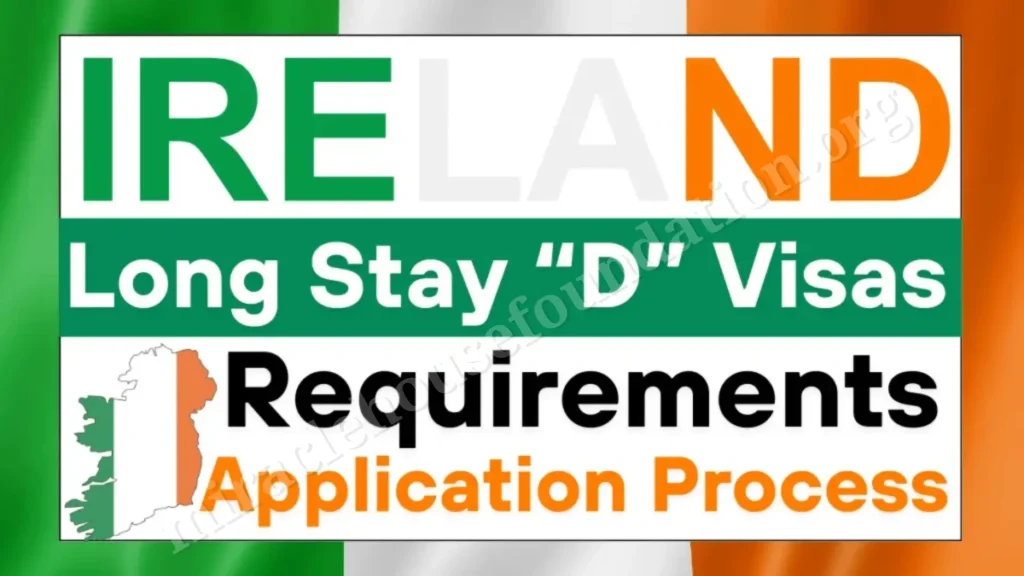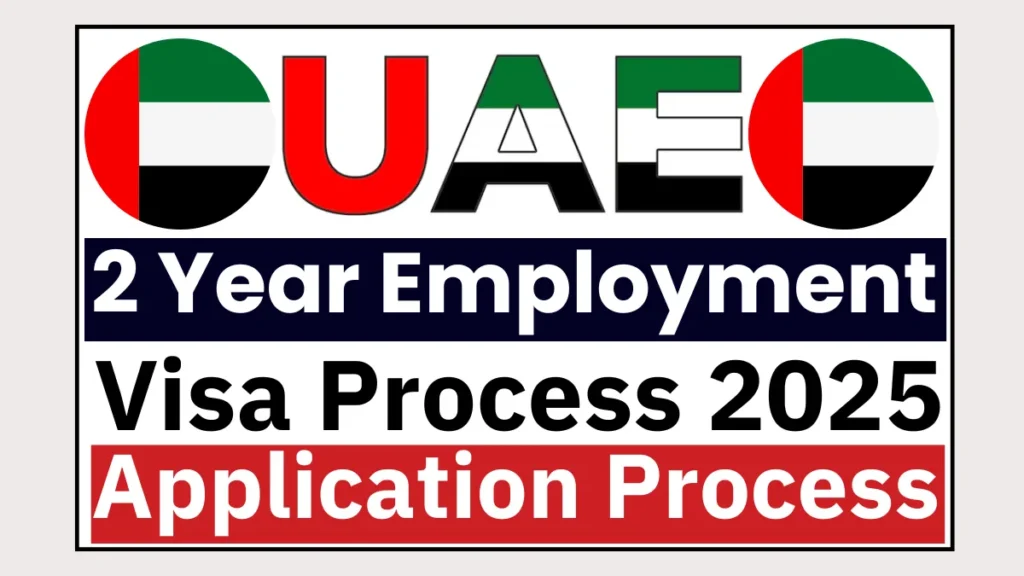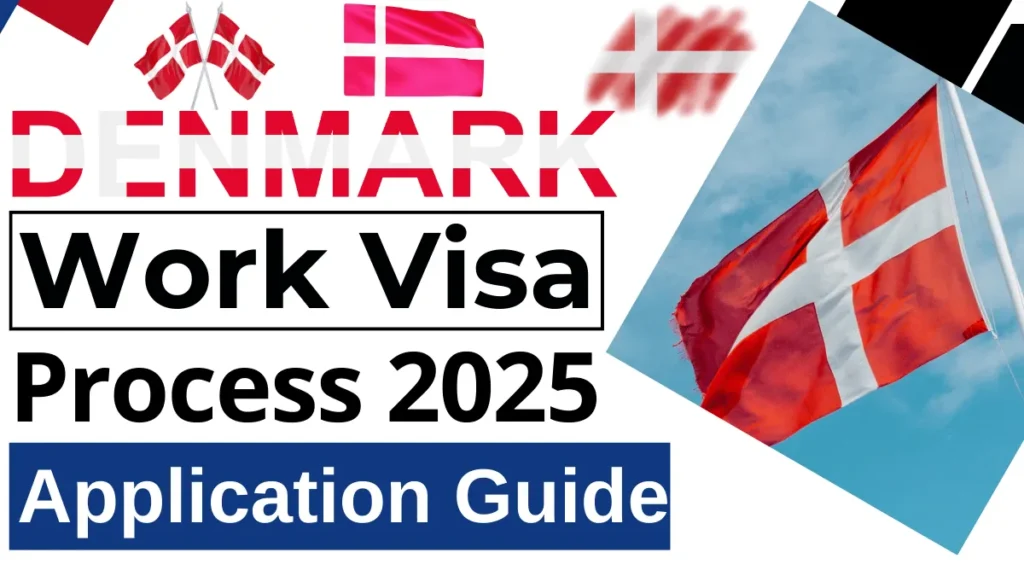Ireland Long Stay “D” Visas 2025 – Eligibility, Requirements & How to Apply. Ireland has become one of the most attractive countries in Europe for students, workers, entrepreneurs, and families seeking new opportunities. Known for its strong economy, quality education, and welcoming environment, Ireland is a preferred destination for long-term stays.
If you plan to stay in Ireland for more than 90 days, you will need a Long Stay “D” Visa. This visa covers various purposes such as studying, working, conducting research, or family reunification. In this guide, we explain the eligibility, requirements, application process, and tips for obtaining the Ireland Long Stay “D” Visa in 2025.
What is Ireland Long Stay “D” Visa?
The Long Stay “D” Visa is issued to individuals planning to stay in Ireland for more than three months. Unlike short-stay C visas, which allow a stay of up to 90 days, the D visa enables longer stays and may eventually lead to residence permits or permanent residency.
Categories Under the D Visa
- Study Visa: For international students pursuing education in Ireland.
- Employment Visa: For skilled workers with a job offer.
- Research Visa: For researchers and academics.
- Join Family Visa: For family reunification.
- Religious or Volunteer Visa: For humanitarian or volunteer work.
Each category has specific requirements, but the application process is generally similar for all types.
Eligibility for Ireland Long Stay “D” Visa
Eligibility depends on your purpose of stay, but generally, applicants must:
- Hold a valid passport with at least 12 months validity.
- Plan to stay in Ireland for over 90 days.
- Prove sufficient funds to support themselves.
- Provide accommodation details.
- Submit documents confirming the purpose of travel (e.g., job offer, university admission, family relationship proof).
- Have no criminal record or bad character.
- Follow Irish immigration laws and not pose a threat to the state.
Required Documents for Ireland Long Stay “D” Visa
Applicants need the following documents:
- Completed visa application form.
- Valid passport with blank pages for the visa.
- Recent passport-sized photographs meeting Irish visa standards.
- Cover letter explaining the reason for staying in Ireland.
- Financial evidence such as bank statements, sponsor letters, or scholarship information.
- Accommodation proof (hotel booking, rental agreement, or host invitation).
- Health insurance for the duration of stay.
Category-specific documents:
- Students: Letter of acceptance from a recognized Irish institution.
- Workers: Employment contract or Irish work permit.
- Family members: Proof of relationship with the Irish resident or citizen.
- Researchers: Invitation or acceptance letter from a recognized research institution.
Note: Documents not in English or Irish must be translated and certified.
Step-by-Step Application Process
Step 1: Identify Your Visa Category
Determine your purpose of stay: study, work, research, family reunion, or volunteer work.
Step 2: Complete Online Application
Apply through the Ireland Naturalisation and Immigration Service (INIS) portal. Fill in all details accurately and submit the form.
Step 3: Pay the Visa Fee
Visa fees vary depending on single-entry or multiple-entry visas. First-time applicants usually require single-entry visas.
Step 4: Collect Required Documents
Organize all supporting documents carefully. Missing documents may delay processing or cause rejection.
Step 5: Submit Application
Submit your application, fees, and supporting documents to the Irish embassy or consulate in your country. Some applicants may be required to provide biometrics.
Step 6: Wait for Processing
Processing time usually takes 8–12 weeks, depending on your category and nationality. Apply well in advance of your intended travel.
Step 7: Receive Your Decision
Once approved, the visa will be stamped in your passport, allowing you to travel to Ireland.
Step 8: Register with Irish Immigration
Upon arrival in Ireland, register at the local immigration office within 90 days. You will receive the Irish Residence Permit (IRP) to legally stay in the country.
Tips for a Successful Application
- Apply early to avoid last-minute issues.
- Ensure all documents are complete, certified, and translated if necessary.
- Provide clear financial evidence.
- Be truthful and accurate in your application.
- Keep copies of all submitted documents.
Common Reasons for Visa Rejection
- Insufficient financial proof.
- Incomplete or missing documents.
- Providing false or inaccurate information.
- Lack of valid medical insurance.
- Failure to demonstrate the true purpose of stay.
Frequently Asked Questions (FAQs)
Q1: What is the difference between C Visa and D Visa?
A1: C Visa is for short-term stays up to 90 days, while D Visa is for long-term stays over 90 days.
Q2: Can I work on a D Visa?
A2: Employment is allowed only according to the visa category. Students may work part-time; employment visas allow full-time work.
Q3: Do I need to register in Ireland after arrival?
A3: Yes. All D Visa holders must register within 90 days to get the Irish Residence Permit (IRP).
Q4: How much financial proof is needed?
A4: Varies by visa type, but sufficient funds must cover living expenses, tuition (if applicable), and accommodation without relying on government support.
Conclusion
The Ireland Long Stay “D” Visa 2025 provides an excellent opportunity for students, professionals, researchers, and families planning to stay in Ireland for more than 90 days. By following the eligibility criteria, preparing documents properly, and applying early, applicants can increase their chances of a smooth and successful visa approval.








